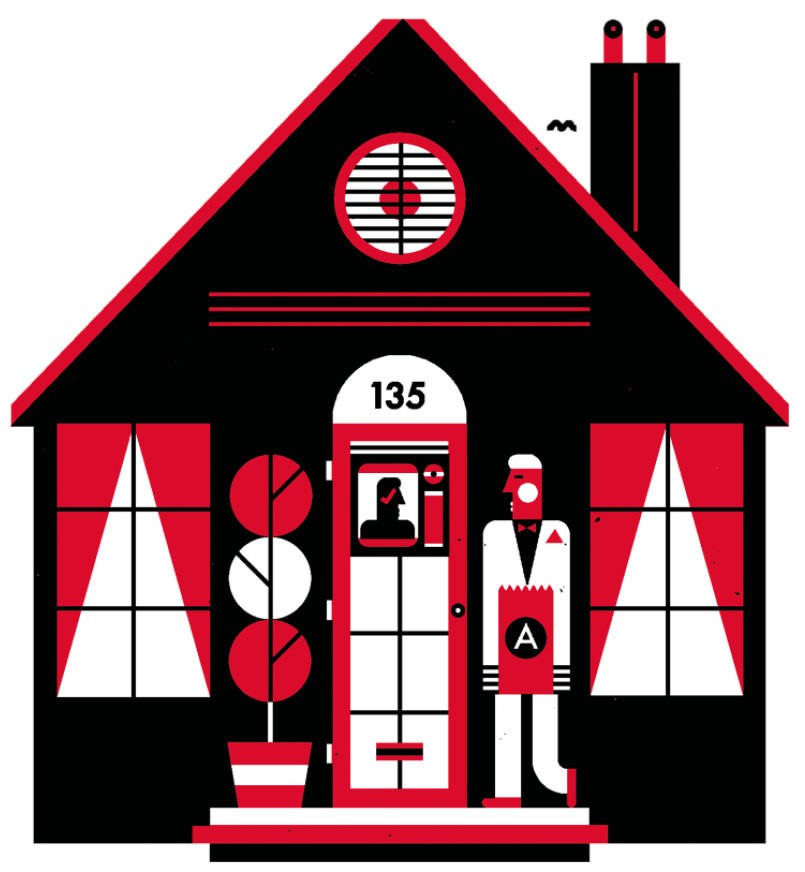
Seoul
Facts & Figures
By Raymond Biesinger (illustration)
thousand dollars is the average professional eGamer’s annual income here, according to a recent study by the Seoul Ministry of Culture. In fact, the birth of eSports in South Korea can be traced back to a tragic story: During the Asian crisis of 1997, the financial markets collapsed and nationwide unemployment tripled. The government went in search of ways to jump-start the economy—and invested heavily in tech infrastructure. Subsidies bolstered the market and personal-computer prices dropped. Many job seekers who were killing time in the South Korean capital’s Internet cafés started playing competitively—and ultimately became the original eSports generation. The gamers soon received the government’s seal of approval when the Ministry of Culture established the Korean e-Sports Association in 2000. The organization is now a member of the National Olympic Committee.

Smart Homes
Technology can be controlled by smartphone in many Seoul residences. South Korea’s leading high-tech companies say doors will soon open using biometric security in the form of facial recognition.

Art Mile
Internationally acclaimed artists fly to Seoul for new shows practically every week. But local artists are also celebrated, their works leaning increasingly toward multimedia. In Cheongdam-dong, a ward of Gangnam District, the Nature Poem building—a work of art in its own right—alone houses 18 galleries.

Recycling 2.0
The island of Nanjido in the Han River served as a colossal garbage dump for Seoul’s refuse through the 1980s. Today it is the site of Digital Media City, a connected, 570,000-square-meter high-tech complex where digital companies, TV stations, gaming companies, radio stations and the music industry have congregated.